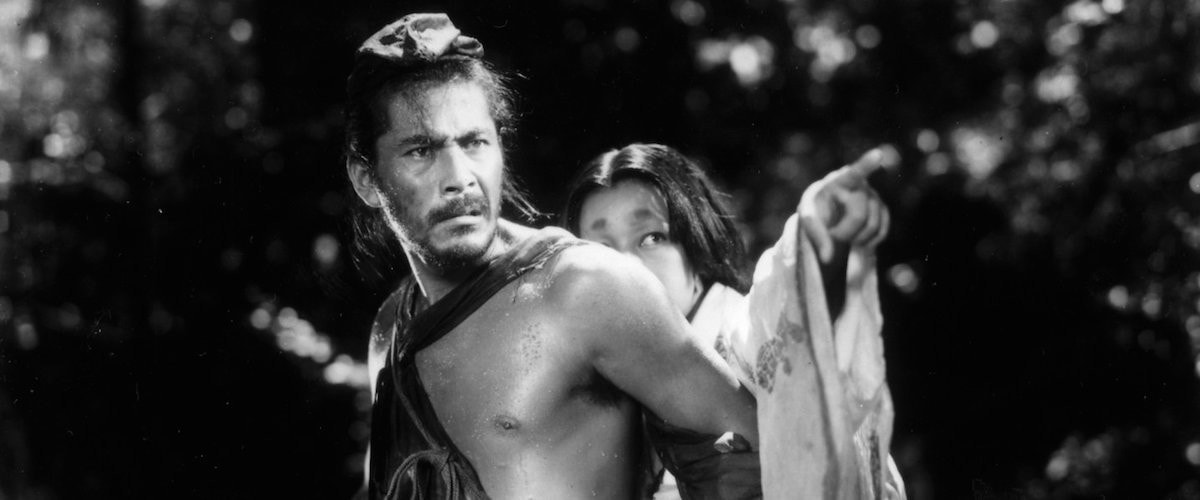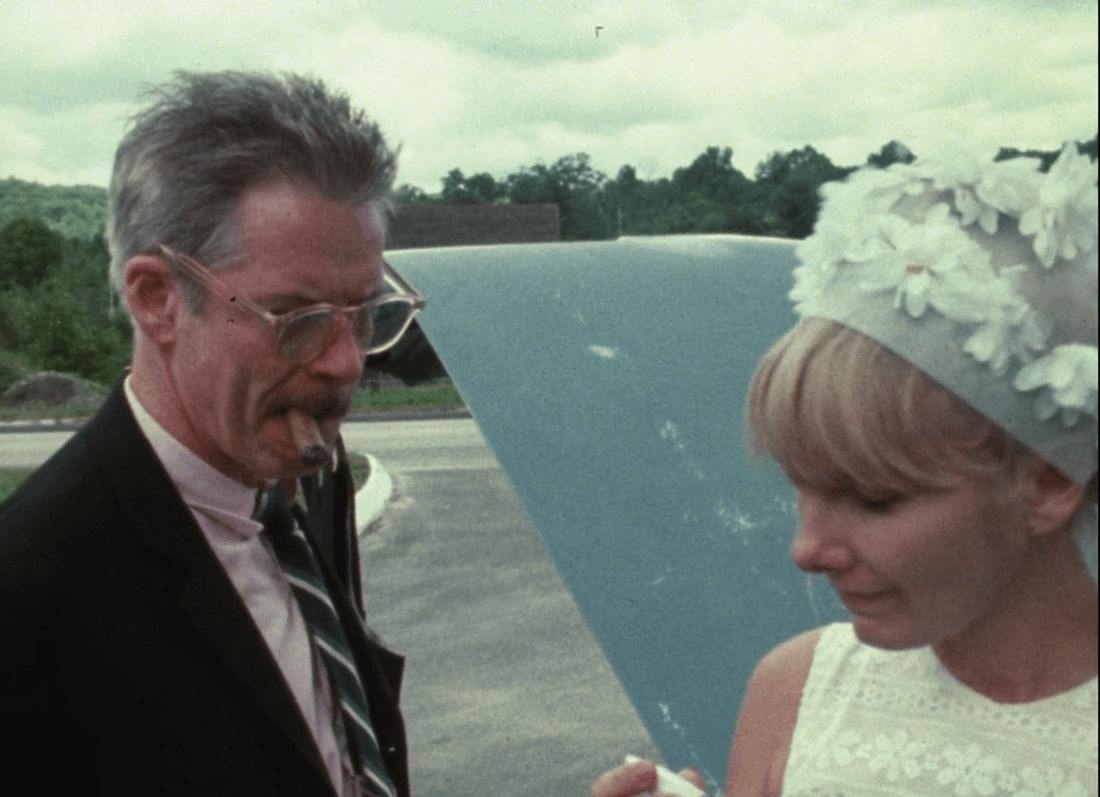
The struggle for gender equality has no start date. There are events that can be marked and movements that can be traced, but the fight against patriarchal power goes all the way back to the beginning.
It is tempting to create a linear narrative where women’s rights have gradually improved over time, but it is far more complicated than that. The Dream Lady is an example of such complications. The Dream Lady is a silent film from 1918 directed by Elsie Jane Wilson. The film craft is unremarkable. The cinematography is utilitarian and the dialogue is ordinary, but the content is surprising. It’s the story of a young woman who refuses to settle for anything less than the fulfillment of her dreams. She doesn’t worry about gender inequality, or the future of society. She is simply determined to live her life on her own terms.
Her dream becomes a reality when her uncle dies, leaving her a large inheritance. This detail is somewhat glossed over, but her ability to fulfill her dreams and disregard patriarchal norms is almost entirely due to her newfound wealth. As an inspirational story about a woman who lives life on her own terms, its message is somewhat undermined by not fully engaging in how economics intersects with patriarchy.
It would not be inaccurate to describe The Dream Lady as a story about a privileged white woman getting what she wants, but it would be an oversimplification and disservice to the valuable message the film is conveying. Rosamond, the uncompromising heroine, can be seen as one of many aspirational role models. Many early Twentieth century women might not have the money to make their dreams come true, but seeing a movie where a woman refuses to compromise or follow the avenues society provides for her can be encouraging or inspirational. If men can dream of being Tarzan or superman, why can’t young women dream of being bold, self-actualized heiresses?

Rosamond has a list of four things she wants: a home in the countryside, a Japanese dressing gown, a bloodhound, and a gentleman husband. She also wants to become a “gypsy” fortune teller, so she can spread joy and happiness to everyone she meets.
One such person she meets is Sydney Brown. Brown is a young woman, perhaps in her twenties. She has managed to secure a few days of carefree vacation by telling her mother that she is at a friend's house. She seeks Rosamond’s advice, and together they decide to cut Brown’s hair and dress her as a man, in order to provide Brown with some much-needed freedom. Brown exclaims, “What a joy to be free, to move about without being controlled.” She goes on to explain that, like Rosamond, she wants to take this opportunity to fulfill her “whims and fantasies.”

The film is based on a story written by Margaret Widdemer entitled Why Not? The title is an interesting choice of words. The film doesn’t actually address this question. It provides an example of what could be done, and then leaves the audience to ponder why it could or could not be possible. Even if what Rosamond accomplishes is out of reach for most women, it can be useful to enumerate the reasons why it is out of reach. The Dream Lady may not be intersectional in its depiction of women’s struggle, but it can provide a place for such discussions to begin.

If you enjoyed this article you might also enjoy - https://filmofileshideout.com/archives/bride-of-the-beast-a-primer-on-sex-and-gender/



